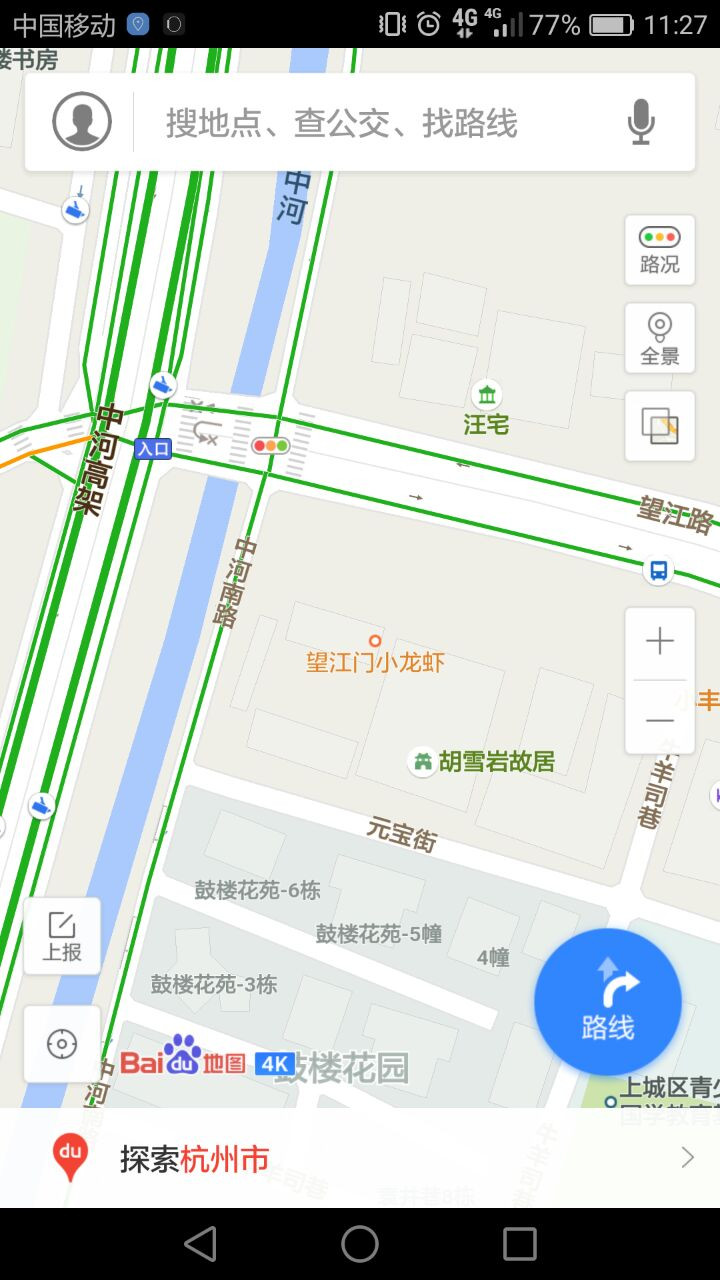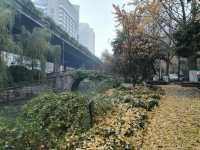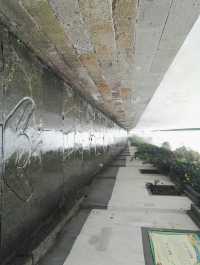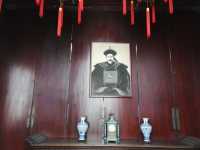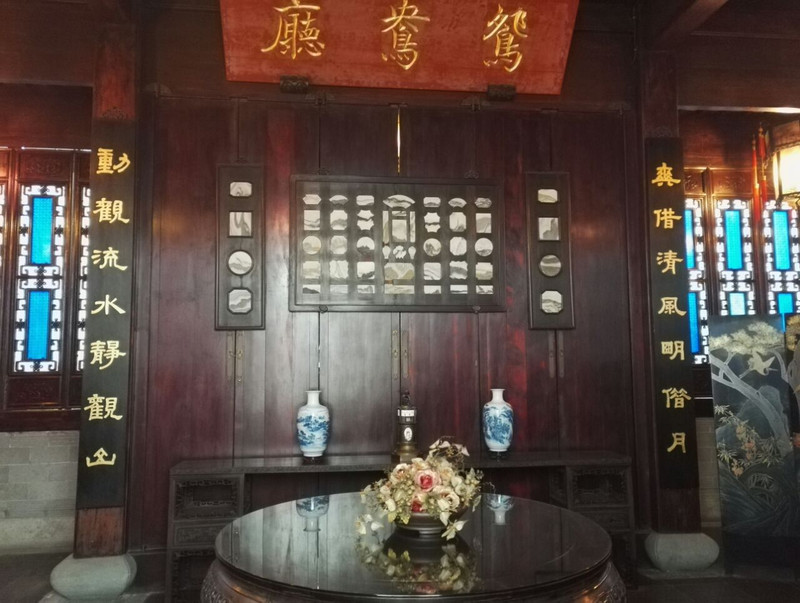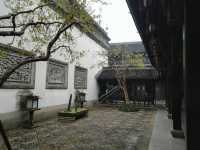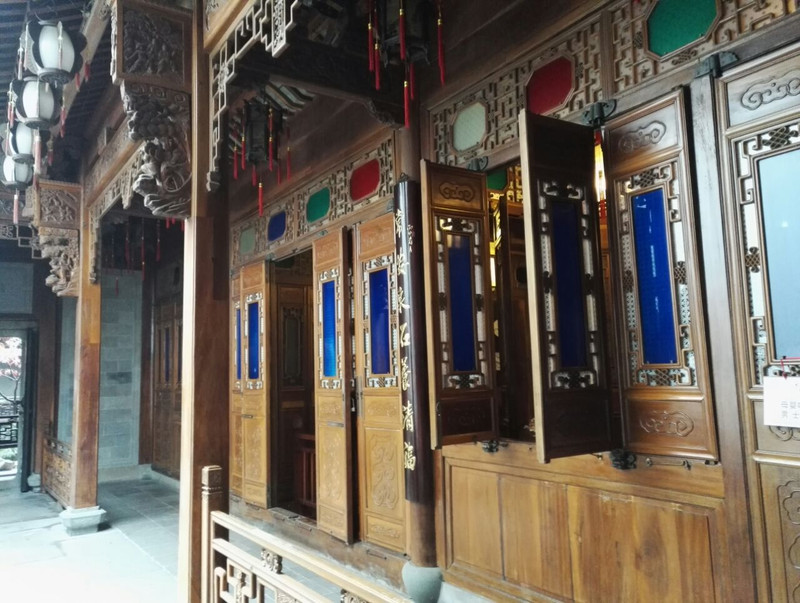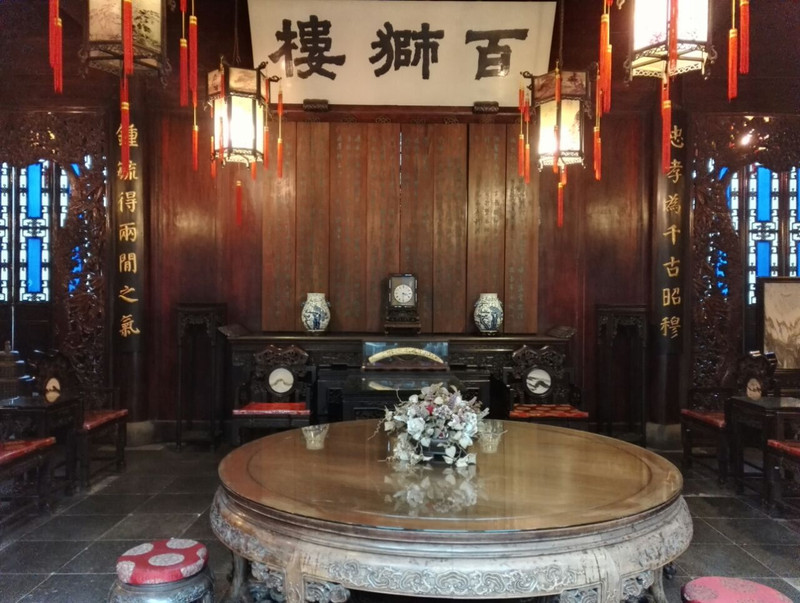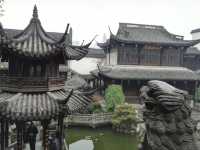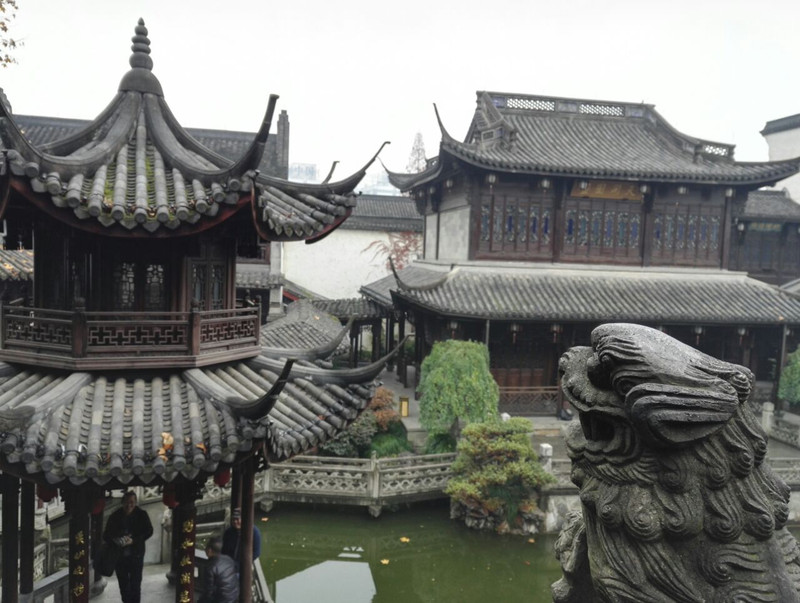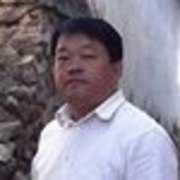With the Wangjiang Pavilion, Drum Tower, Hefang Street and Royal Street of the Southern Song Dynasty, it belongs to a large scenic area, which can be arranged together with the playtime plan. Walking along the riverside footpath on the east side of Zhonghe viaduct, after Wangjiang Road, the main entrance is on Yuanbao Street, which is actually a stone lane. Tickets are 20 yuan. Before the restoration, there were more than 100 houses, which were rebuilt by the government through the relocation of houses and drawings from the late Qing Dynasty to the early Republic of China. But it does not prevent us from experiencing the brilliance of the richest man of the year. On the day of the visit, the smoke and rain were hazy and charming. Above, let's see for ourselves.
;
Hu Xueyan's Former Residence Review
4.7 /51603 Reviews
Popular Destinations
Matamata Travel | Zhangjiajie Travel | Luoyang Travel | Xiangxi Travel | Camarines Sur Travel | Xiamen Travel | Mumbai Travel | Songjiang District Travel | Montauban Travel | Nanjing Travel | Bologna Travel | Darwin Travel | Fiji Travel | Jianyang Travel | Phu Quoc Island Travel | Morioka Travel | Dayton Travel | Wilsons Promontory Travel | Ningbo Travel | Bicol Travel | Shengsi Travel | Kinsale Travel | Romania Travel | Tortola Travel | Matmata Travel | Stanly County Travel | Honaunau Travel | Arthurs Seat Travel | Haringey Travel | Lorca Travel
Recommended Attractions at Popular Destinations
Bangkok attraction near me | Tokyo attraction near me | Manila attraction near me | Hong Kong attraction near me | Seoul attraction near me | Taipei attraction near me | Los Angeles attraction near me | New York attraction near me | Shanghai attraction near me | Kuala Lumpur attraction near me | Shenzhen attraction near me | Guangzhou attraction near me | Osaka attraction near me | Singapore attraction near me | London attraction near me | San Francisco attraction near me | Beijing attraction near me | Macau attraction near me | Bali attraction near me | Paris attraction near me | Orlando attraction near me | Jakarta attraction near me | Ho Chi Minh City attraction near me | Phuket attraction near me | Chicago attraction near me | Toronto attraction near me | Cebu attraction near me | Dallas attraction near me | Istanbul attraction near me | Dubai attraction near me
Popular Attractions
Chimelong Safari Park | Ubud | The Manila Cathedral | Ghibli Museum | Natural Bridge, Springbrook National Park | Waterbom Bali | Marina Bay Sands | Ayung River Rafting | Pearl River Night Cruise | "The Song of Everlasting Sorrow" | The Big Pineapple | Babylon Sauna & Spa | TeamLab Planets TOKYO | Sugarworld Adventure Park | Daintree Wild Zoo | Proud Mary Day Cruise | Cave of the Virgin Mary | Musée de Dol, historique | Gospodarstwo ogrodniczeJadwiga Kwiecień | Former Hokuriku Main Line Tunnels | Chiran Airfield Combat Command Center Ruins | Stora Huset | Park im. Stanisława Wyspiańskiego w Krakowie | Bagno | Itsuki Hiroshi Monument | Sunway Lagoon Theme Park | Jungfrau | Ngong Ping 360 | Mufu Palace | Seine River
Popular Travelogues
Bangkok Travelogue | Tokyo Travelogue | Hong Kong Travelogue | Seoul Travelogue | Los Angeles Travelogue | New York Travelogue | Shanghai Travelogue | Shenzhen Travelogue | Kuala Lumpur Travelogue | Osaka Travelogue | Singapore Travelogue | London Travelogue | Beijing Travelogue | Macau Travelogue | Bali Travelogue | Paris Travelogue | Phuket Travelogue | Toronto Travelogue | Rome Travelogue
Payment Methods
Our Partners
Copyright © 2024 Trip.com Travel Singapore Pte. Ltd. All rights reserved
Site Operator: Trip.com Travel Singapore Pte. Ltd.
Site Operator: Trip.com Travel Singapore Pte. Ltd.

